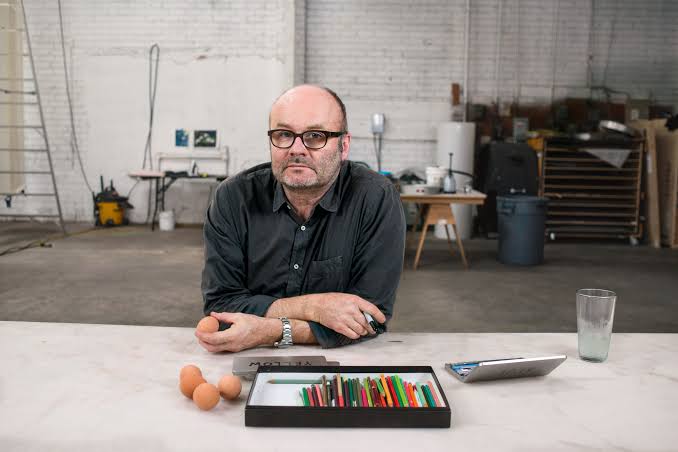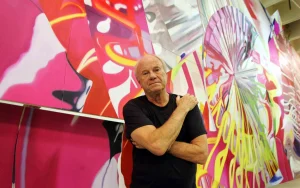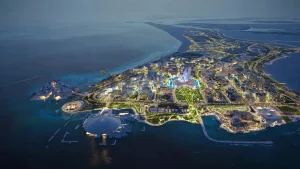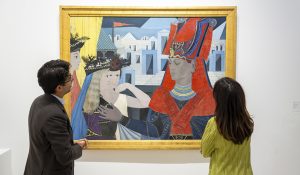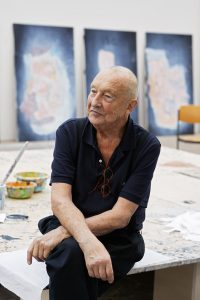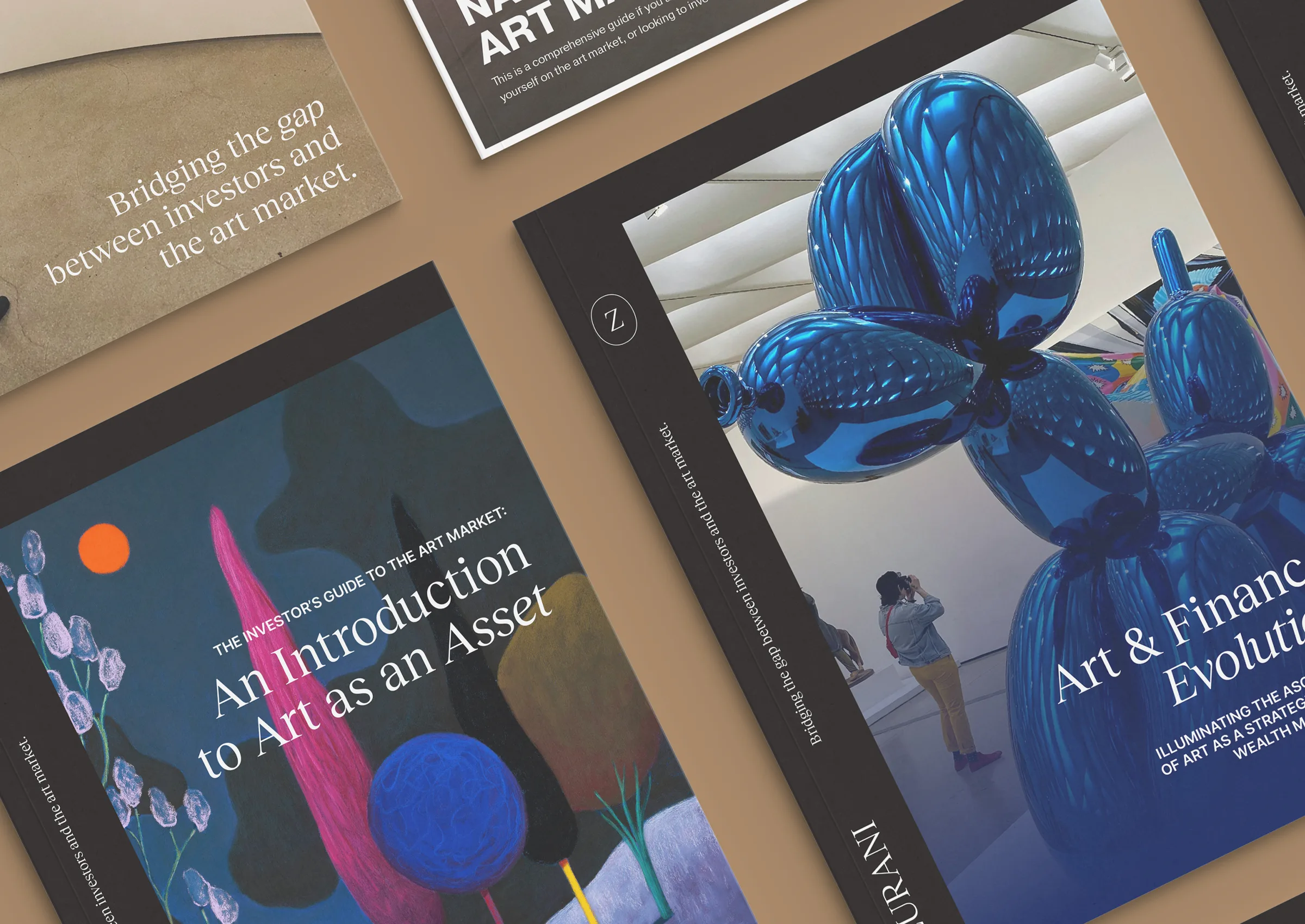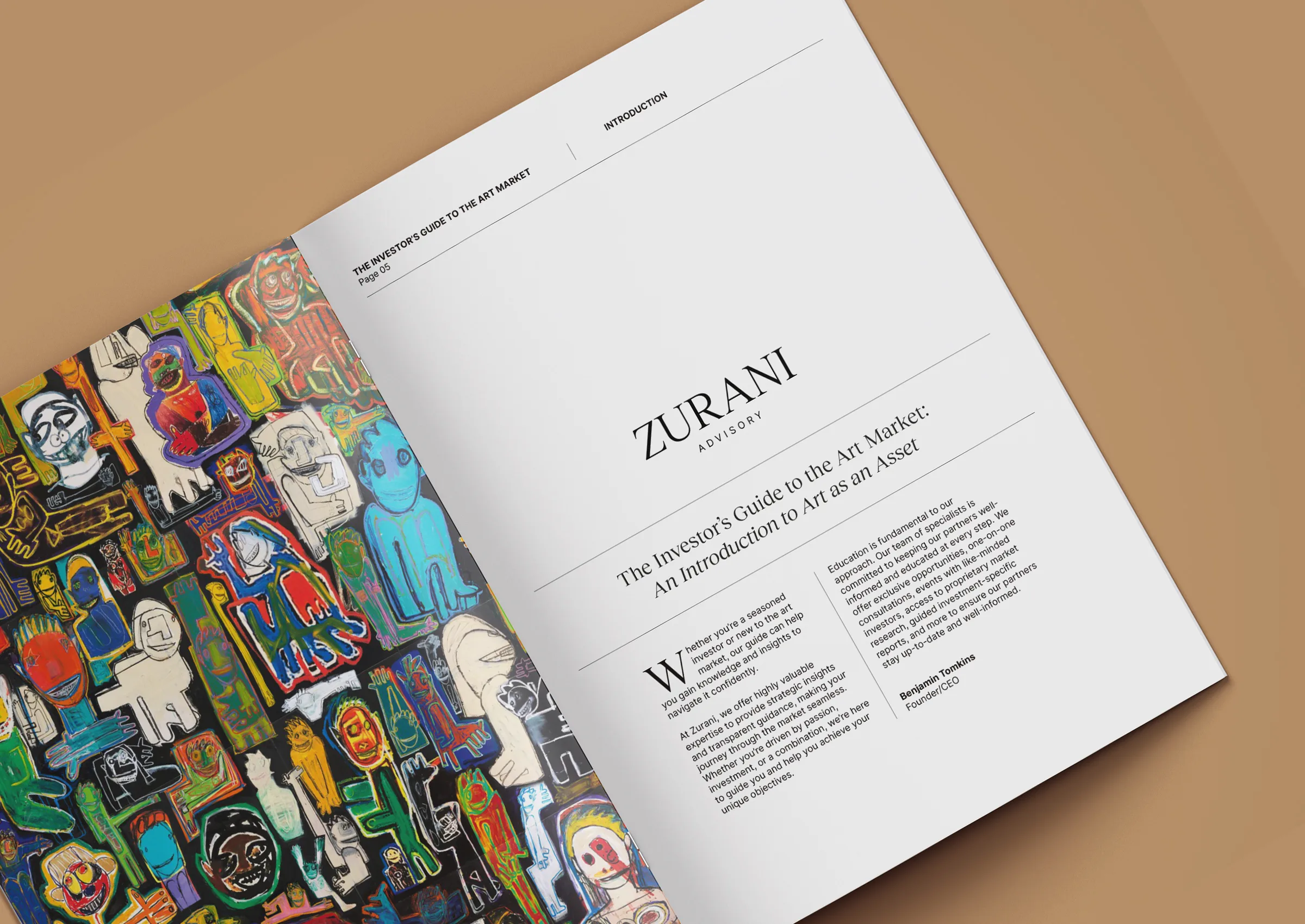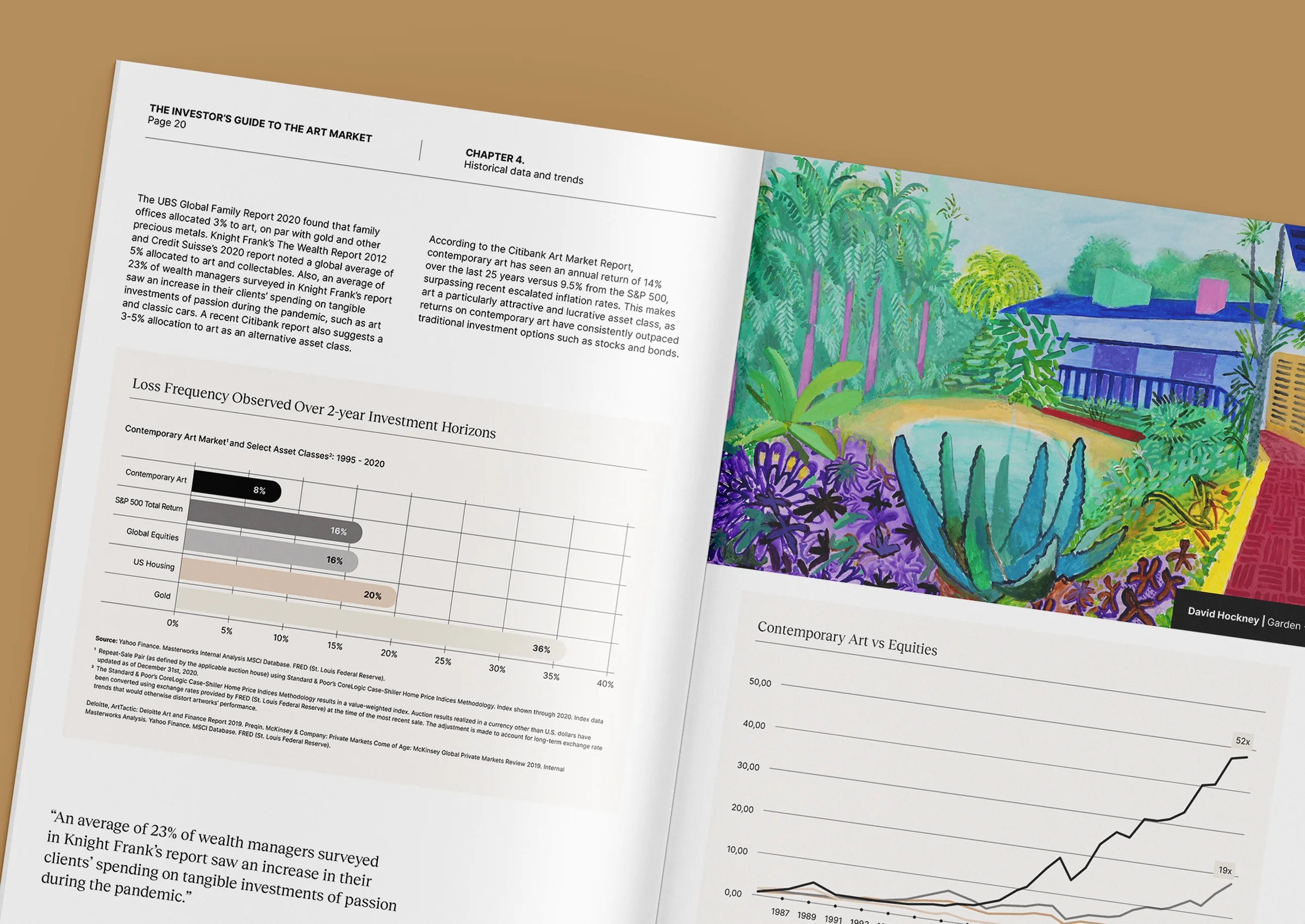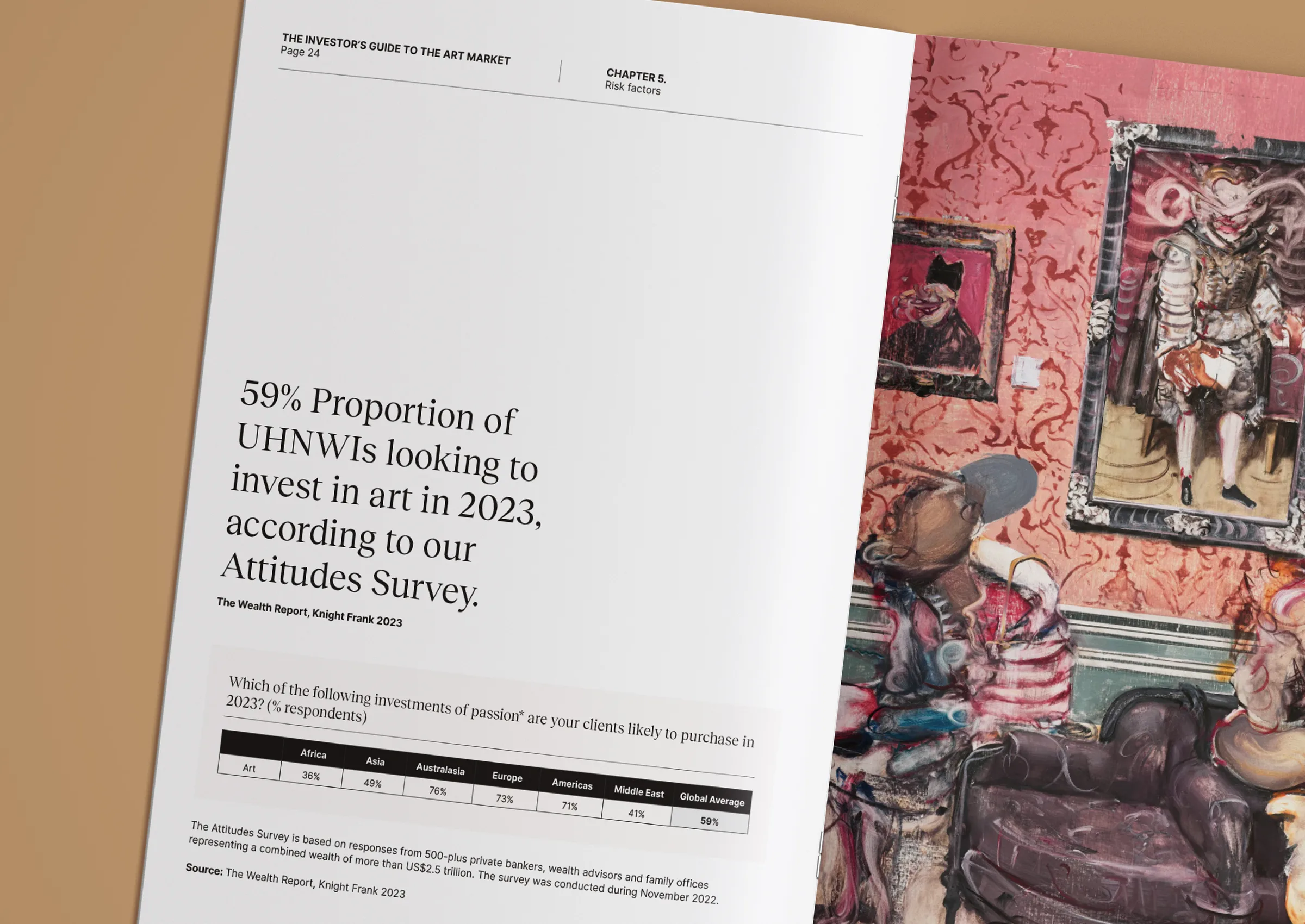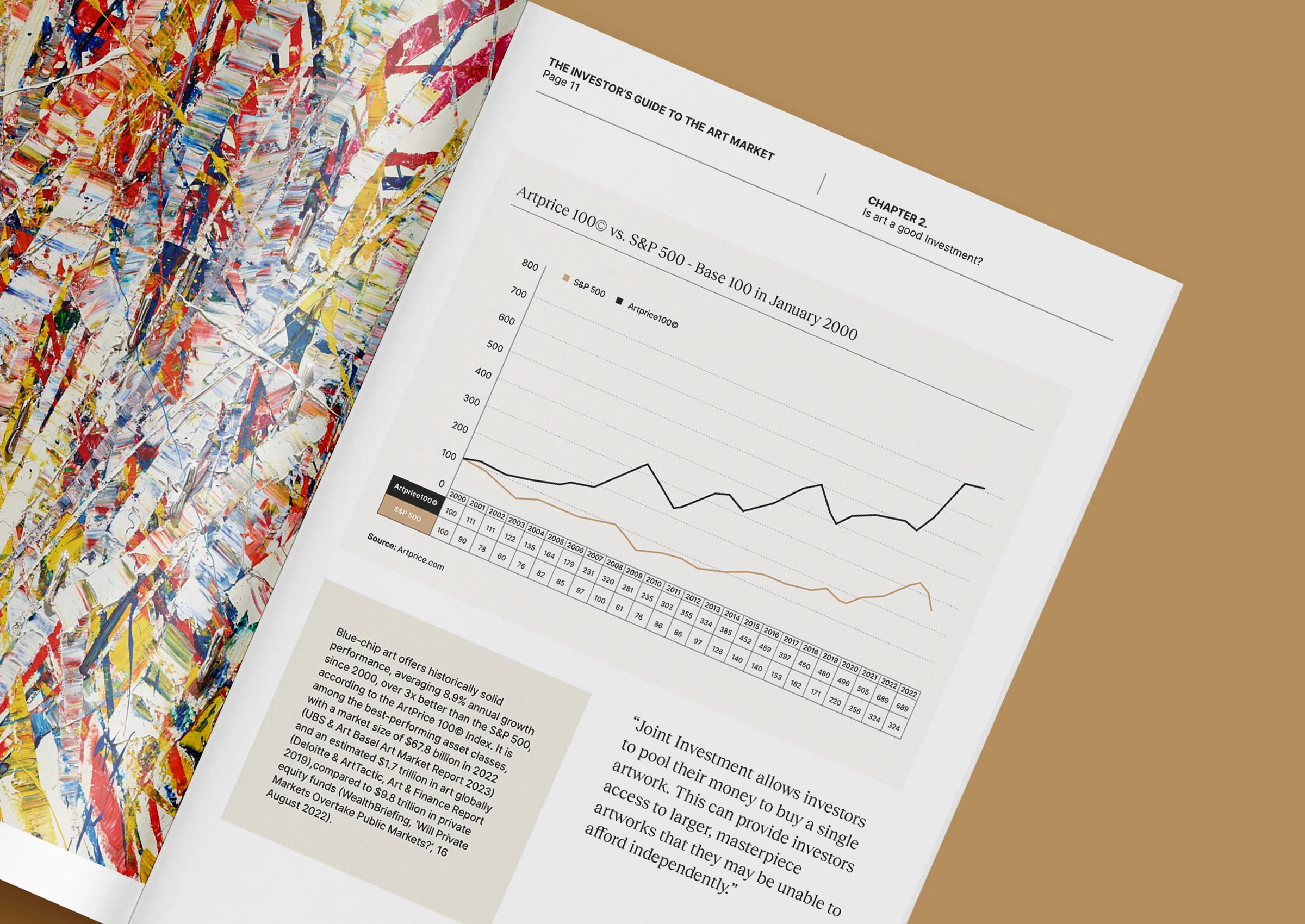A closer look at his Taipei retrospective
Thomas Demand, a master of meticulous construction and photographic ambiguity, continues to captivate audiences with his uncompromising exploration of memory, history, and reality. His retrospective exhibition, “The Stutter of History,” held at the Taipei Fine Arts Museum, is no exception. Spanning decades of work, this exhibition invites visitors to reflect on how we interpret and reconstruct the past through arrestingly manufactured realities.
Demand, renowned for meticulously recreating scenes from paper and cardboard solely for photographic purposes, challenges conventional artistic media. His works span sculpture, photography, and architecture, probing the boundaries between what is real and what is fabricated in our collective consciousness. This retrospective presents a unique chance to unravel these layers, featuring key pieces that have shaped his career.
Intersection of artifice and memory
At the heart of The Stutter of History lies Demand’s enduring preoccupation with memory. Works such as Poll (2001) and Kitchen (2004) are striking examples of his method. Poll delicately reconstructs the controversial Florida election ballot-counting centre during the 2000 US presidential election.
By reducing this politically charged moment to an eerily pristine model, the work beckons viewers to revisit the uncertainty and gravity of events they thought they understood. Kitchen, inspired by the infamous final moments of an Al-Qaeda video, presents an unsettlingly sterile domestic space, reminding us of the layers of mediation between history and its retelling.
Equally commanding is Control Room (2011), a recreation of the Fukushima Daiichi nuclear power plant’s control room following the 2011 disaster. The empty, lifeless space, rendered through Demand’s paper artistry, exudes disquiet as it transforms disaster into an artefact of memory, abstracted and hyperreal. This silence in Demand’s work becomes a metaphor for how quickly history detaches from its visceral, human aspects, leaving only reconstructed fragments in its wake.
Physical precision, emotional weight
What makes Demand’s work so compelling is his uncanny ability to balance precision with ambiguity. Each painstakingly crafted set feels exact yet intentionally flawed. For instance, the wires in Model Study (C.L.) (2011) appear convincingly tangled while betraying their paper origins upon closer inspection. Demand’s work often inhabits this liminal space, where the familiarity of the scene lures viewers nearer, only to reveal its inherent artifice.
The Taipei retrospective also highlights The Dailies (2008 to 2014), a series that diverges from Demand’s traditional historical focus. Here, mundane moments, scraps of paper on the pavement, a crumpled takeout container, or a phone resting on a table are lovingly reconstructed and photographed with an eye for beauty in the banal. These seemingly inconsequential snapshots invite a dialogue about what we consider worth remembering in a world saturated with imagery.
Dialogue of architecture and form
Demand’s collaboration with architects has also been spotlighted in The Stutter of History, reflecting his deep engagement with space and design. Visitors to the exhibition will encounter Nagelhaus (2007/08), his unrealised project with architect Caruso St John, which imagines an elaborate fusion of Swiss chalet aesthetics and Chinese tea-house traditions. This piece serves as a powerful meditation on the interplay between cultural heritage and architectural intent, offering a deeper dimension to his examination of constructed realities.
Demand’s ability to evoke emotion and provoke thought through deceptively simple compositions is unparalleled. By distilling grand historical narratives into hauntingly still and delicate facsimiles, his work raises enduring questions about collective ownership of history and truth.
What lies ahead?
The Taipei retrospective is not merely an assemblage of past achievements; it serves as an invitation to continue engaging with Demand’s work in the years ahead. He persistently redefines artistic boundaries while grappling with questions central to the human experience. Many who attended The Stutter of History will no doubt leave pondering their own relationship with truth, memory, and the fragile reconstructions they rely upon.
Want to know more or start a conversation?
Whether you’re an individual seeking to deepen your understanding of his work or a gallery planning a showcase, we can help guide you. Get in touch to discuss your requirements or learn more about this captivating exhibition and its visionary concept. Call us at +971 58 593 5523, email us at contact@zurani.com, or visit our website at www.zurani.com.
THIS ARTICLE DOES NOT CONSTITUTE FINANCIAL, TAX OR LEGAL ADVICE AND SHOULD NOT BE RELIED UPON AS SUCH. TAX TREATMENT DEPENDS ON THE INDIVIDUAL CIRCUMSTANCES OF EACH CLIENT AND MAY BE SUBJECT TO CHANGE IN THE FUTURE. FOR GUIDANCE, SEEK PROFESSIONAL ADVICE.
